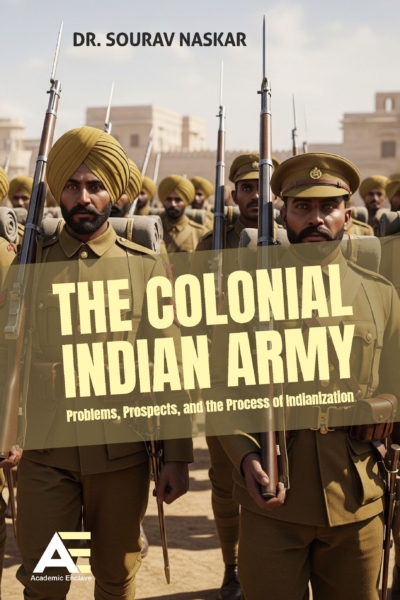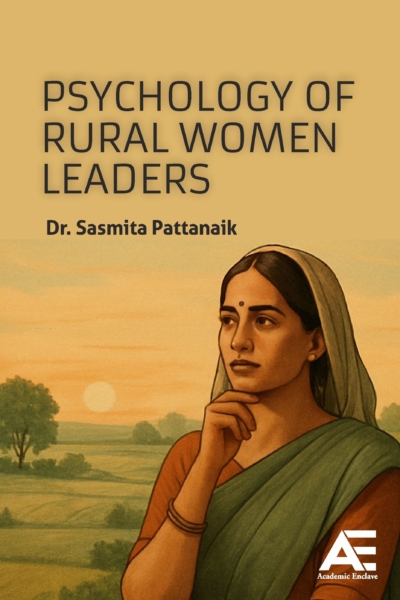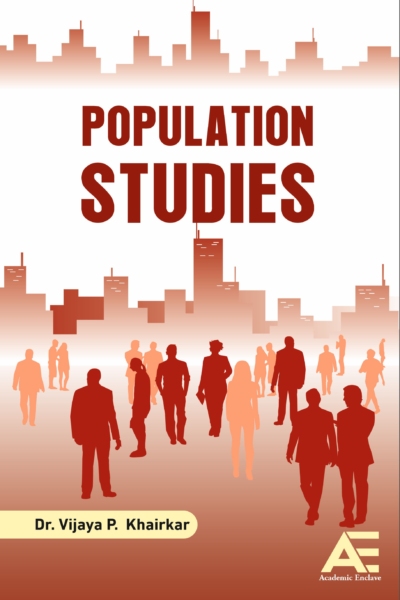Description
While India’s economic growth has gained momentum in the last decade, Indian health system is facing multiple challenges in terms of universal coverage of health care services along with providing quality care to large sections of people. Large inequities in access to health services continue to persist and have even widened across states, between rural and urban areas, and within communities. But most surprisingly, the state of Odisha has been lagging behind other states in achieving the goal of “health for all.” and the health status is even worse as far as Schedule Caste and Schedule Tribe are concerned. Although, health sector is experiencing an overall growth yet it is very miserable in Mayurbhanj district of Odisha. Tribal women are facing unutterable misery due to patriarchy, low literacy, lack of awareness on health issues, firm belief in the super natural powers, etc. This study is going to highlight on morbidity patterns and utilization of curative health care services among rural SC’s & ST’s women in Mayurbhanj District. This study also focuses on factors responsible for poor health status of Women in Mayurbhanj District of Odisha. Tribal women are more vulnerable as compared SC women in the study area and their health status is brutally poor with mass undernourishment, malnutrition, maternal mortality, infant mortality, reproductive health issues. We hope this study will be of immense help to research communities, students and academicians working in the area of Health and Development issues and further it also helps the planners and policy makers to look at the problem in accessing the health care services at grass root level.
The Authors
Dr. Rajkishore Ray is a Lecturer in Department of Economics, Bhadrak Autonomous College, Bhadrak, Odisha. Dr. Ray did his MPhil from Ravenshaw University and PhD from Fakir Mohan University in the year 2013 and 2024 respectively. The Author has the credit of publishing a number of articles in reputed national and international journal on his area of expertise. He has his expertise on Health Economics, Mathematical Economics and Econometrics. He has presented papers and participated in several national and international seminars.
Dr. Sachita Nanda Sa is an Assistant Professor of Economics in the P.G. Department of Social Science, Fakir Mohan University, Balasore, Odisha. Dr. S.N. Sa did his MPhil and PhD from Hyderabad Central University, Hyderabad. He has visited Karaganda State Technical University as Visiting Professor during the month of December 2018. He has authored one book and Co- Edited two books. He has published several research papers in national and international journals and attended a number of conferences and seminars at both national and international level. His area of Specializations are Health Economics, Development Economics, Econometrics and Mathematical Economics
Contents
Preface
1. Background of the Study 1
1.1 Introduction 1
1.2 Importance of Health 2
1.3 Health and Development 3
1.4 Different Health Policy in India 5
1.5 Status of Health Sector in India during Plan Periods 11
1.6 UHC and India 16
1.7 Policies and Programme in Odisha 17
1.8 Statement of the Problem 21
1.9 Research Questions 22
1.10 Objective of the Study 22
1.11 Hypotheses 23
1.12 Data and Methodology 23
1.13 Chapterization of the Study 32
1.14 Limitations of the Study 32
2. Review of Literature 35
2.1 Introduction 35
2.2 Morbidity Pattern and Women Health Status 35
2.3 Morbidity of Women and Cost of Illness 40
2.4 Cost of Illness and its Determinants 42
2.5 Health Expenditure – Nature, Pattern and Determinants 43
2.6 Utilization of Preventive Health Care Services 45
2.7 Utilization of Curative Health Services 47
2.8 Conclusion 60
3. Socio-Economic Characteristics of the SCs and STs Household in the Study Area 63
3.1 Introduction 63
3.2 Health Status among SCs and STs in India 63
3.3 State wise distribution of Tribal Population in India 64
3.4 State wise Distribution of Scheduled Caste in India 67
3.5 Health Status of Tribal in India 73
3.6 State Wise Health Infrastructure in Tribal Areas in India 75
3.7 Socio Economic Status of SCs in India 78
3.8 Health Condition of SCs in India 79
3.9 Health Condition of SCs Women in India 79
3.10 State Wise Poverty among SCs & STs in India 80
3.11 Scheduled Caste In Odisha 82
3.12 Scheduled Tribes in Odisha 83
3.13 Poverty among SC & ST in Odisha 88
3.14 Socio-Economic Profile of the Study Area 95
3.15 Conclusion 108
4. Prevalence of Morbidity Among SCs and STs Women in the Study Area 109
4.1 Introduction 109
4.2 General Health Problem 111
4.3 Reproductive Health Problem 112
4.4 Other Health Problems 112
4.5 Age wise distribution of General Health Problem 113
4.6 Age wise distribution of Reproductive Health Problem 116
4.7 Age wise distribution of Other Health Problem 117
4.8 Duration of Illness of General Health Problem 119
4.9 Duration of Illness of Reproductive Health Problem 120
4.10 Duration of Illness of Other Health Problem 121
4.11 Conclusion 122
5. Utilization Pattern of Curative Health Care Services by Women in the Study Area 123
5.1 Introduction 123
5.2 Type of Health Care Services Utilized by the Household members 125
5.3 Choice of Treatment by the Household 126
5.4 Facility Level in the Study Area 127
5.5 Availability of Public Health Care Services 128
5.6 Household Women Health Expenditure 131
5.7 Expenditure on Health of Outpatient Care in Public Hospital (Direct Cost) 133
5.8 Expenditure on Health of Outpatient Care in Private Hospital (Indirect Cost) 135
5.9 Expenditure on Health Inpatient in Public Hospital (Direct Cost) 136
5.10 Expenditure on Health of Inpatient Care in Public Hospital (Indirect Cost) 137
5.11 Expenditure on Health Inpatient in Pvt. Hospital (Direct Cost) 138
5.12 Expenditure on Health of Inpatient Care in Private Hospital (Indirect Cost) 139
5.13 Total Health Expenditure in GOVT. Hospital 140
5.14 Total Expenditure in private hospital 140
5.15 Conclusion 141
6. Determinants of Women Health Status in Study Area 143
6.1 Introduction 143
6.2 Total Household Health Expenditure 144
6.3 Regression Model on Household health expenditure 145
6.4 Equation of the OLS Regression Model 146
6.5 Total Household Health Expenditure on Women Health 147
6.6 Regression Model on Household Women Health Expenditure 148
6.7 Model 2: Determinants of Household Women Health Expenditure 148
6.8 Women Health Status 150
6.9 Multinomial Logistic Model 150
6.10 Derivation of Multinomial Logistic Model 151
6.11 Morbidity induced burden of diseases 155
6.12 Conclusion 156
7. Morbidity and Opportunity Cost of Illness in the Study Area 157
7.1 Introduction 157
7.2 Total working days Loss of Patient 158
7.3 Total working days Loss of the Care Givers 159
7.4 Total Income Loss of the Patient 160
7.5 Total Income loss of the Care givers 161
7.6 Loss of working days in case of Different Health Problem 162
7.7 Regression Model on Cost of Illness 163
7.8 Determinants of Cost of Illness Model.3 163
7.9 Regression Model on total loss of productivity 164
7.10 Determinants of Total Loss of Productivity Model.4: 165
7.13 Conclusion 166
8. Major Findings and Policy 167
8.1 Introduction 167
8.2 Major Findings 168
8.3 Policy implications and Suggestions 169
Bibliography173








Reviews
There are no reviews yet.